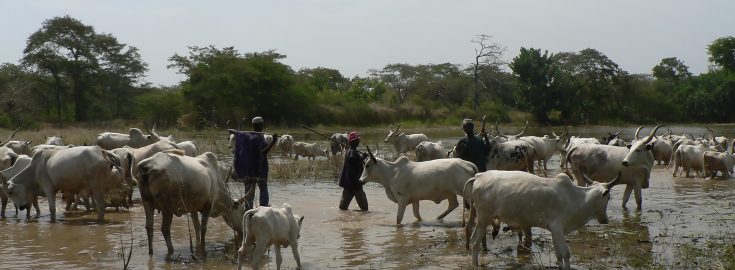
Search
Joined MPPN: 2013
National MPI
For details of the National MPI of Nigeria including the latest reports, the national MPI structure, and references to MPI in Voluntary National Reviews, please visit this page on the OPHI website.
Global MPI
For details of the latest available global MPI data for Nigeria, please visit the global MPI country briefing of Nigeria and the most recent global MPI data tables.
Events
- 24 September 2013 | Intervention by Yemi Kale, Statistician General, National Bureau of Statistics, Nigeria at UNGA 68 Side Event
- 5 March 2019 | Intervention by Yemi Kale, Statistician General, National Bureau of Statistics, Nigeria at UNSC 50 Side Event
- 25 September 2019 | Intervention by H.E. Hajiya Sadiya Umar Faruk, Minister for Humanitarian Affairs, Disaster Management and Social Development at UNGA 74 Side Event
- 15 February 2022 | Intervention by Simon Harry, Statistician-General, National Bureau of Statistics at UNSC 53 Side Event
- 23 September 2022 | Intervention by H.E. Prince Clem Ikanade Agba, Minister of State, Budget and National Planning at UNGA 77 (Nigeria hosted this event)
- 23 September 2022 | Intervention by H.E. Muhammadu Buhari GCFR, President of the Federal Republic of Nigeria represented by Her Excellency, Dr Zainab Ahmed, Honourable Minister of Finance, Budget and National Planning, at UNGA 77 (Nigeria hosted this event)
- 23 September 2022 | Intervention by H.E. Prince Adeyemi Adeniran, Statistician General, National Bureau of Statistics, at UNGA 77 (Nigeria hosted this event)
- 28 February 2023 | Intervention by Prince Adeyemi Adeniran, Statistician General, National Bureau of Statistics at UNSC 54 Side Event
Dimensions Articles













